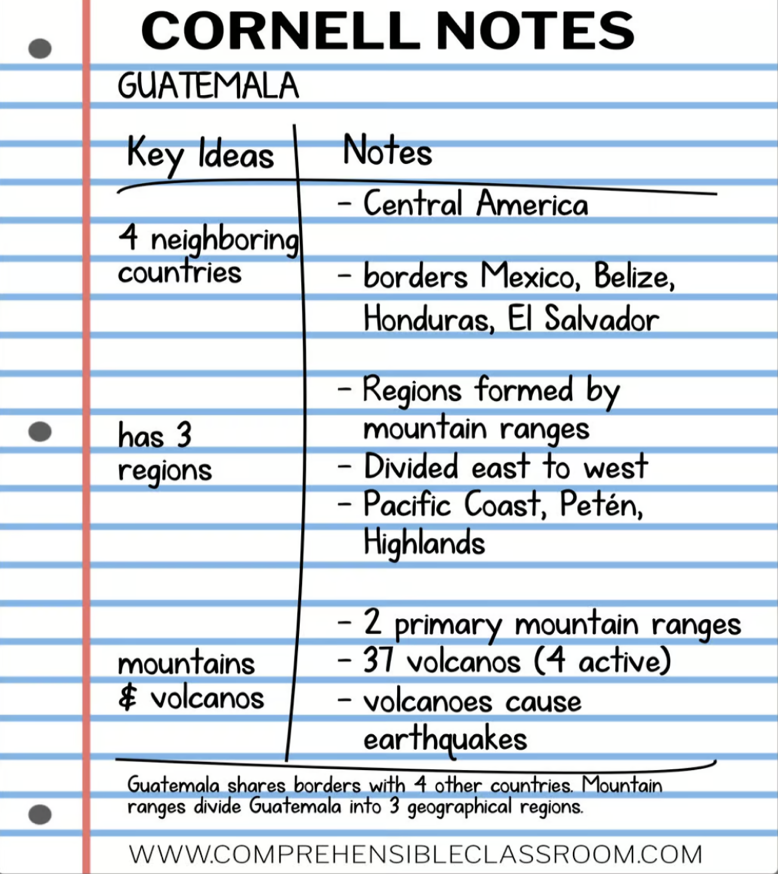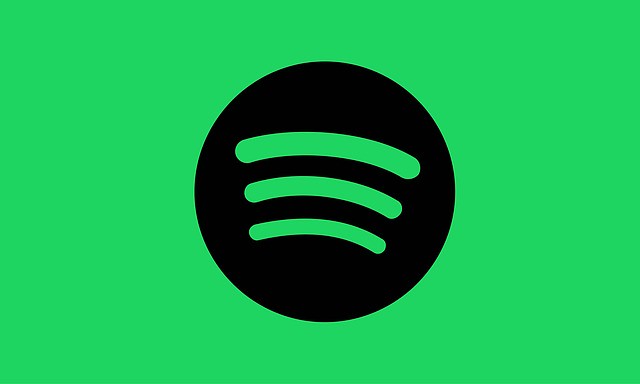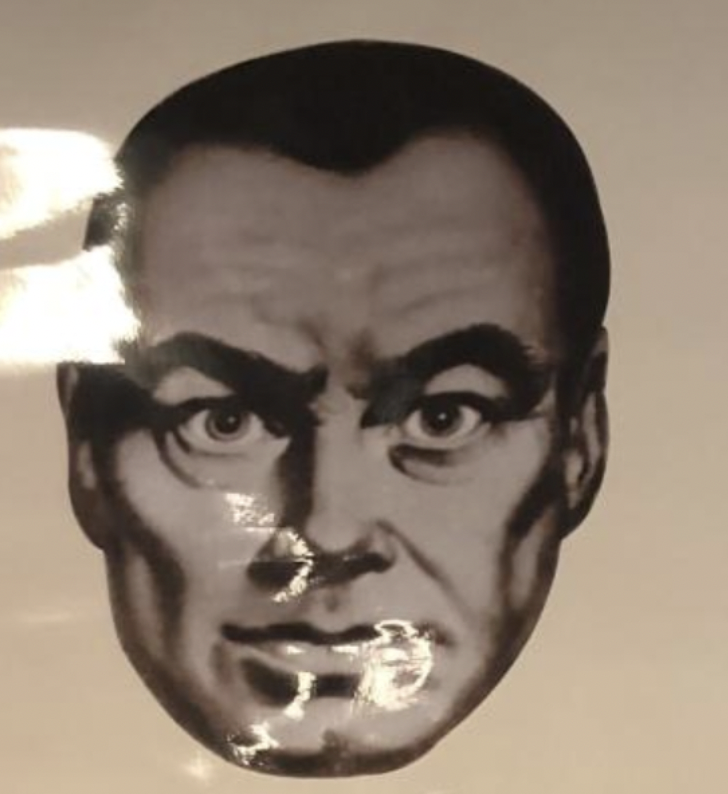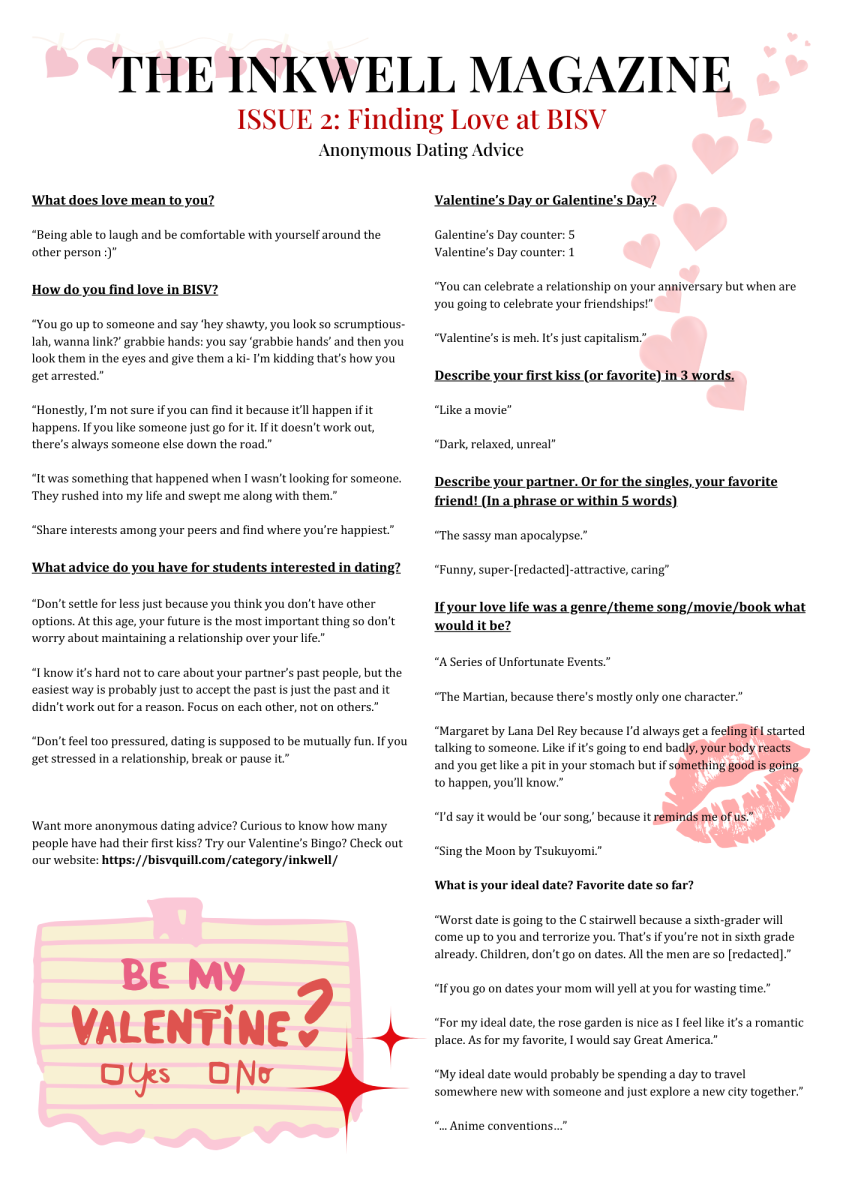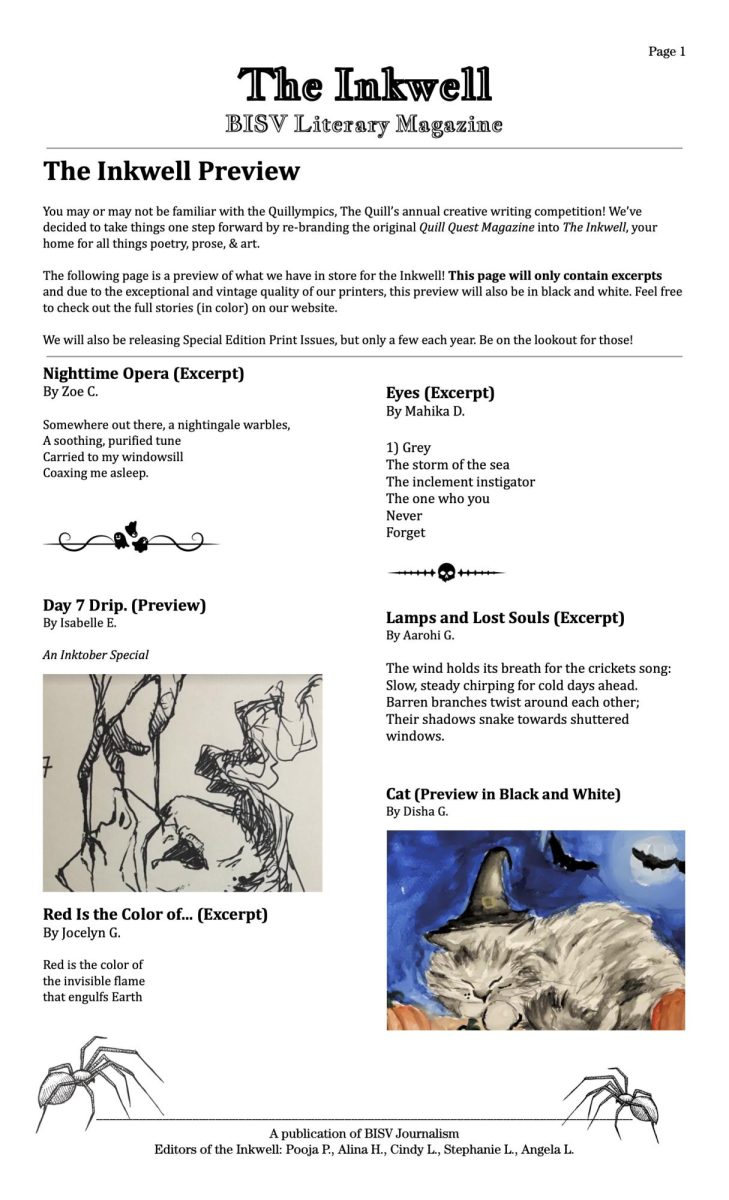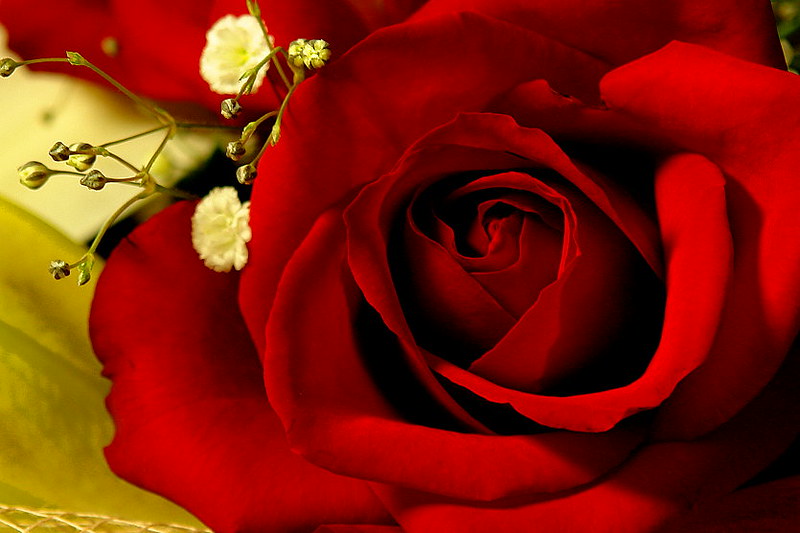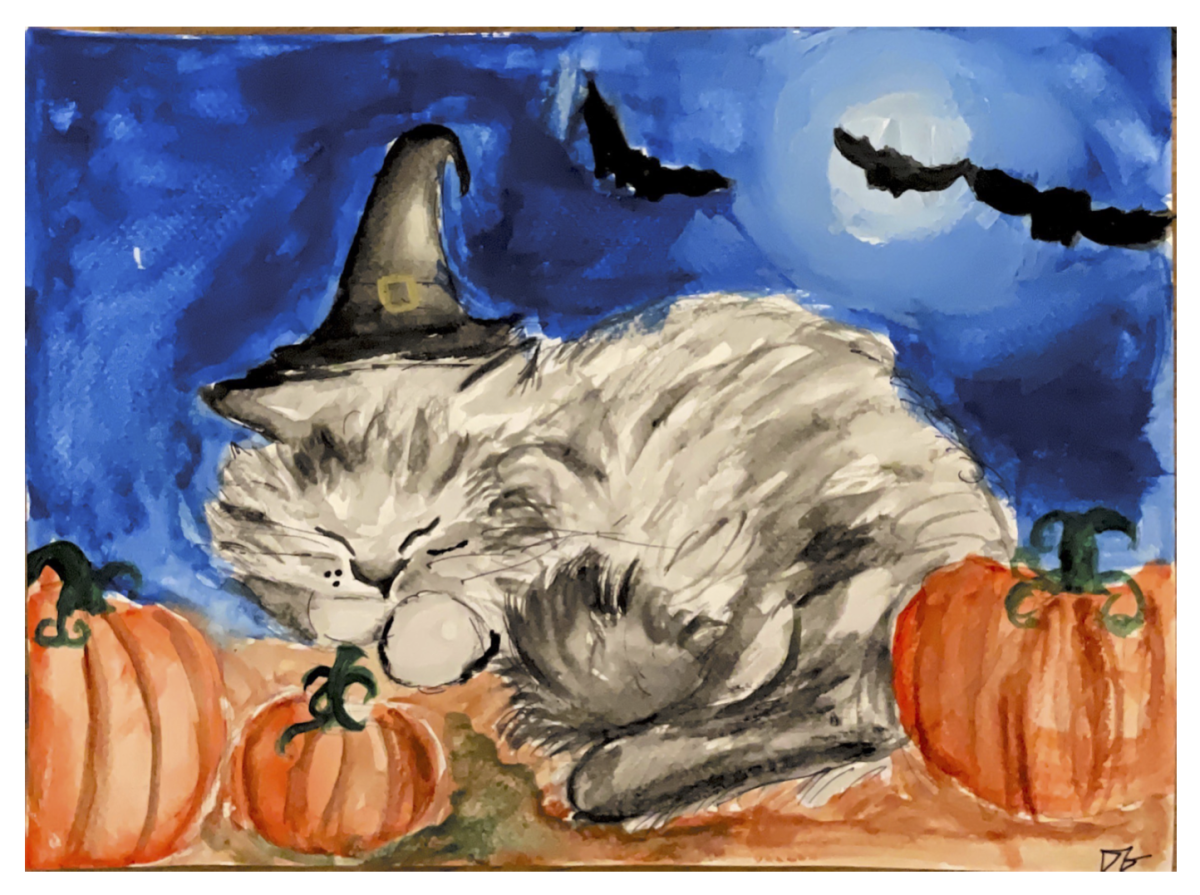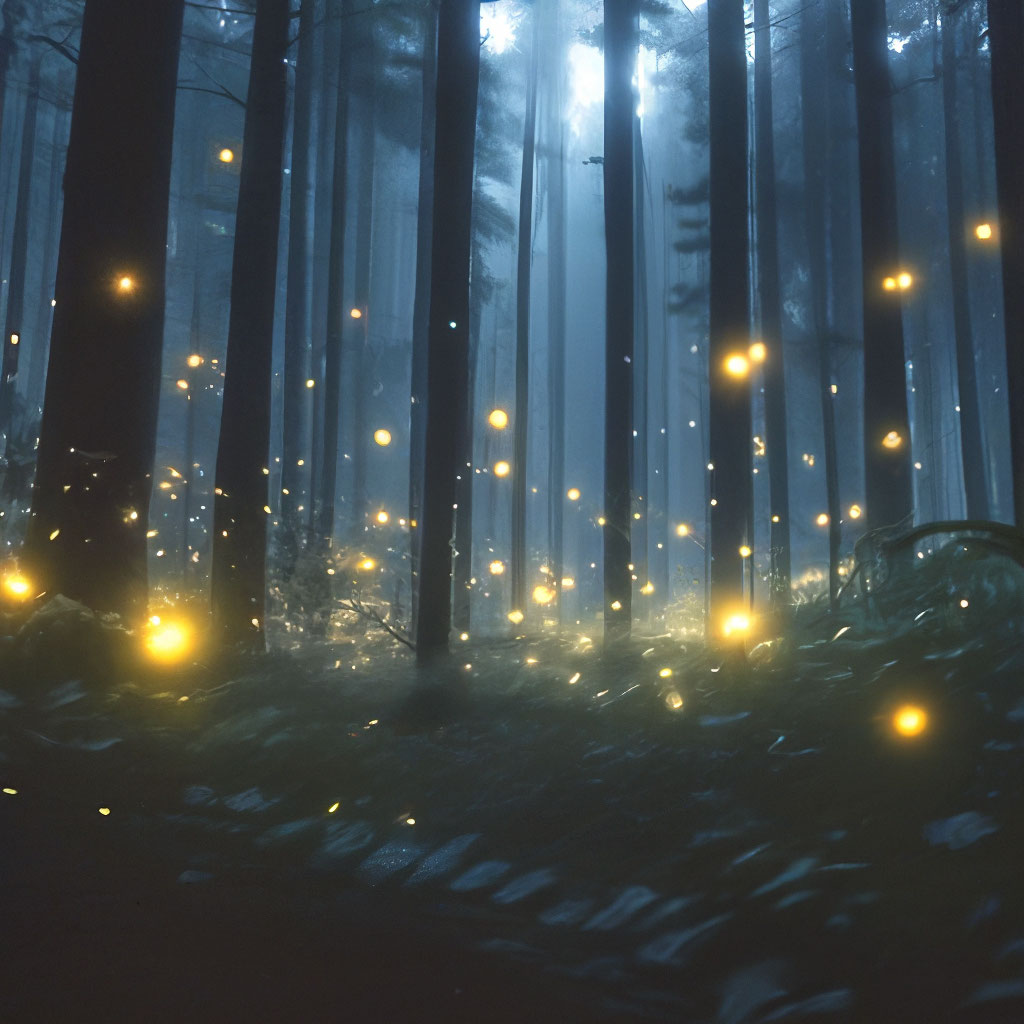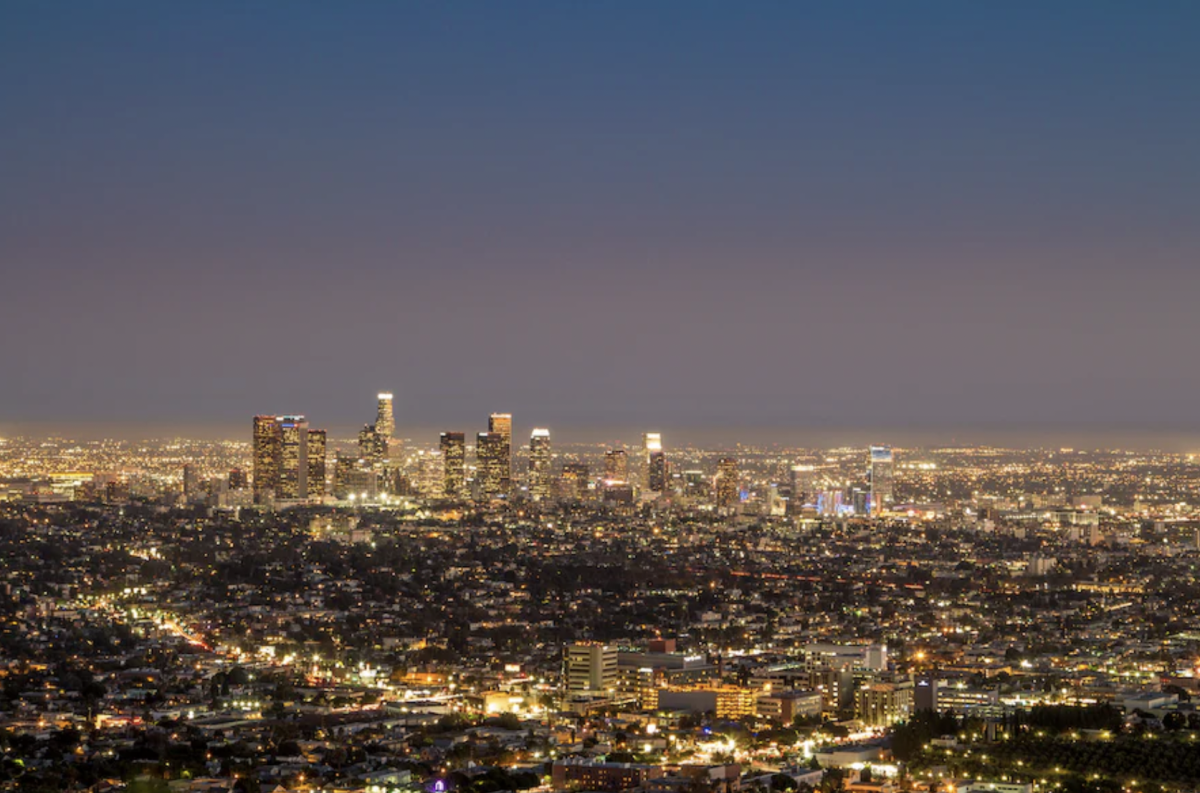In our rapidly evolving world, the problem of light pollution is becoming increasingly apparent, negatively affecting urban landscapes and natural surroundings at night. Light pollution, the presence of excessive and unwanted artificial lights, contributes to the fading charm of the night sky.
Light pollution is a product of mass urbanization and extensive reliance on outdoor electricity. The proliferation of streetlights, electronic billboards, factory lights, house lights, and other forms of outdoor lighting contributes heavily to light pollution. Though they are commonly experienced in our daily lives, these sources of artificial light have detrimental and hidden implications for the well-being of humans and the natural world.
Light pollution has far- reaching impacts on both humans and animals. Abundant night lights confuse the circadian rhythm (24 hour cycles part of the body’s internal clock) and suppress melatonin (hormone found in humans that controls circadian rhythm and sleep), resulting in health issues like sleep deprivation, headaches, anxiety, and even cancer. Similarly, nocturnal animals that rely on the dark for hunting and mating are disturbed by artificial lights. Turtles that use moonlight to migrate get confused by artificial lighting and lose their ways. Insects are drawn to artificial lights and are mostly killed upon impact. These challenges posed by light pollution affect the well-being and even survival of humans and animals.
So, what is being done to combat light pollution? There are organizations like the International Dark Sky Association that are doing intensive research, advocacy programs, and spreading awareness of light pollution. Several states such as California, Arizona, Connecticut, and Texas have adopted laws to curfew outdoor lighting and set lighting standards in addition to efficient and sustainable lights newly being developed to further reduce light pollution. Individuals can also play a role by limiting unnecessary outdoor lighting to help preserve a pristine night sky.
Sources:
Staff. “Light Pollution Affects Human Health.” DarkSky International, darksky.org/resources/what-is-light-pollution/effects/human-health/. Accessed 26 Jan. 2024.
“Light Pollution.” Education, education.nationalgeographic.org/resource/light-pollution/. Accessed 26 Jan. 2024.
“Light Pollution.” Wikipedia, Wikimedia Foundation, 21 Jan. 2024, en.wikipedia.org/wiki/Light_pollution.
“Light Pollution 101 | National Geographic.” YouTube, YouTube, 25 Jan. 2019, www.youtube.com/watch?v=V_A78zDBwYE.
“What Is Circadian Rhythm?” Sleep Foundation, 16 Nov. 2023, www.sleepfoundation.org/circadian-rhythm.




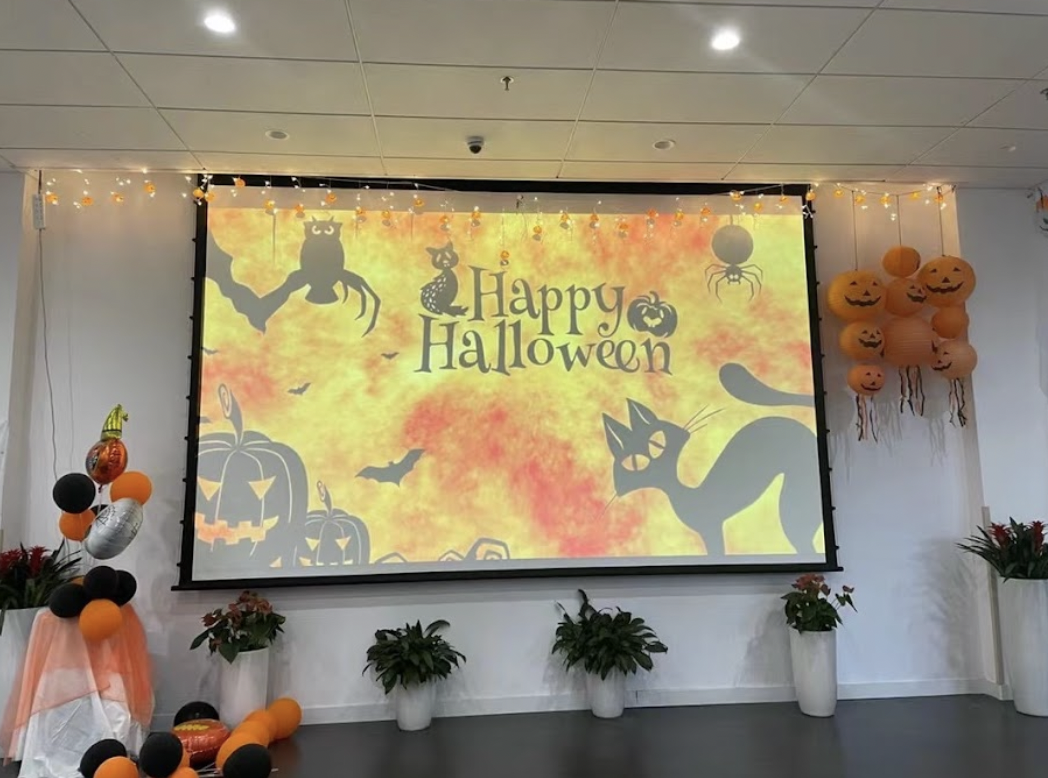

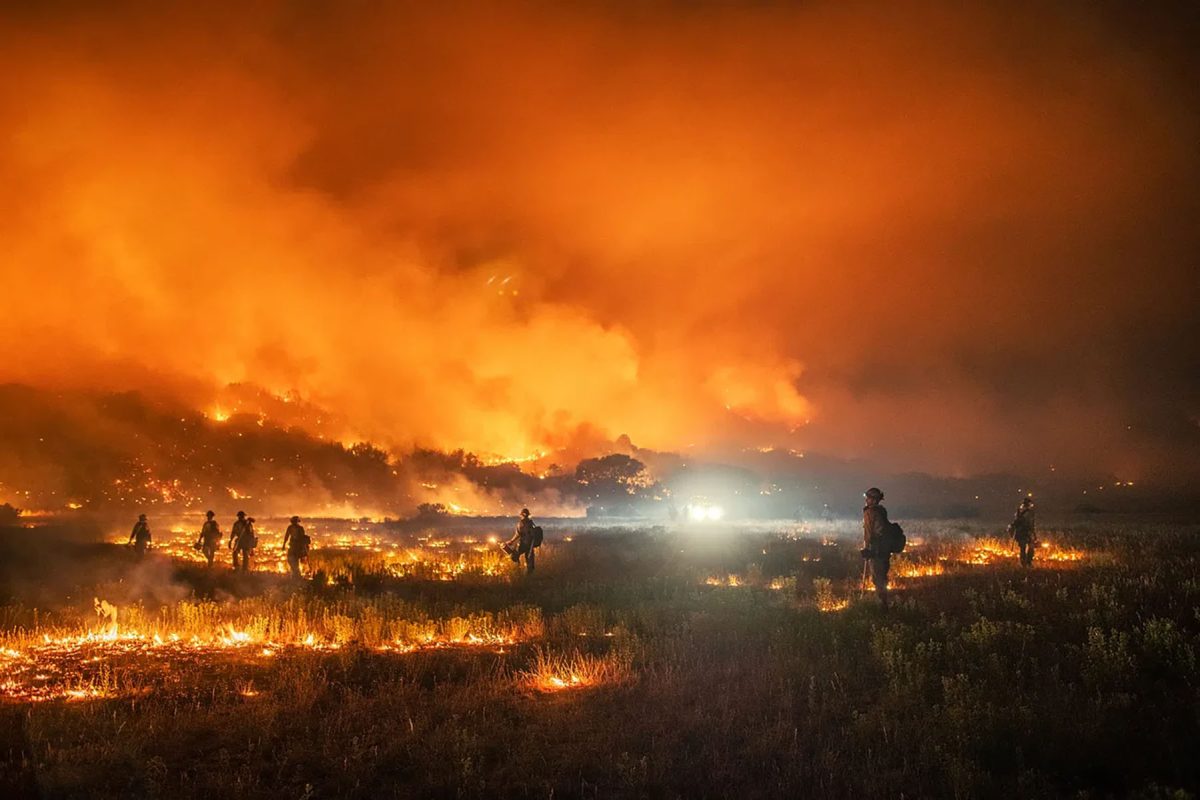
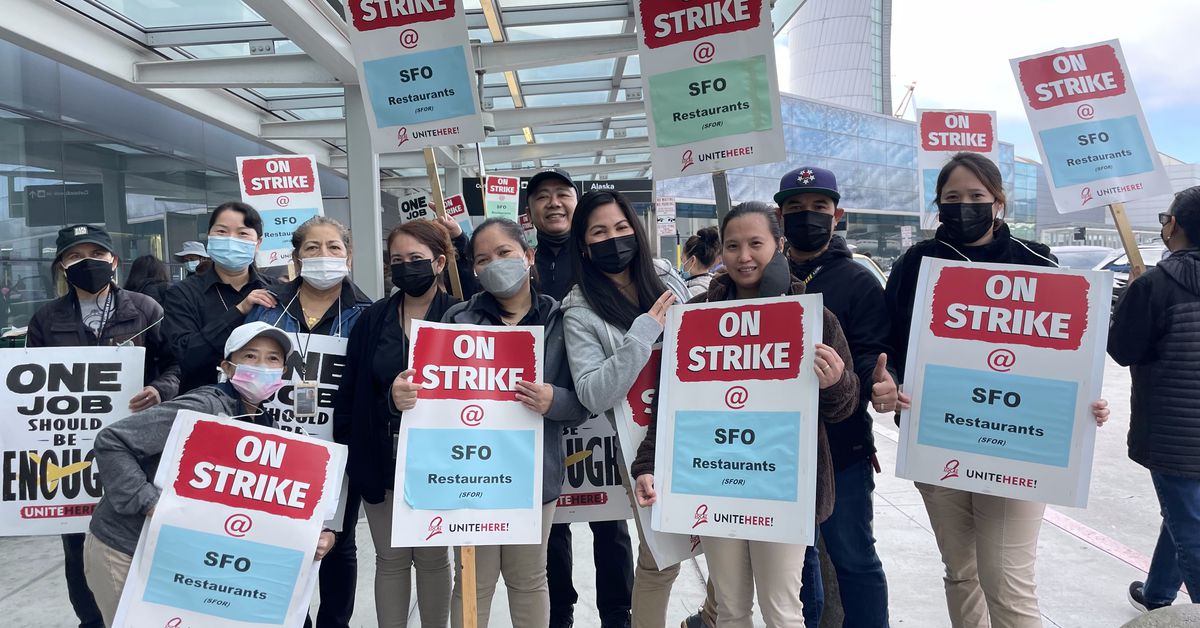


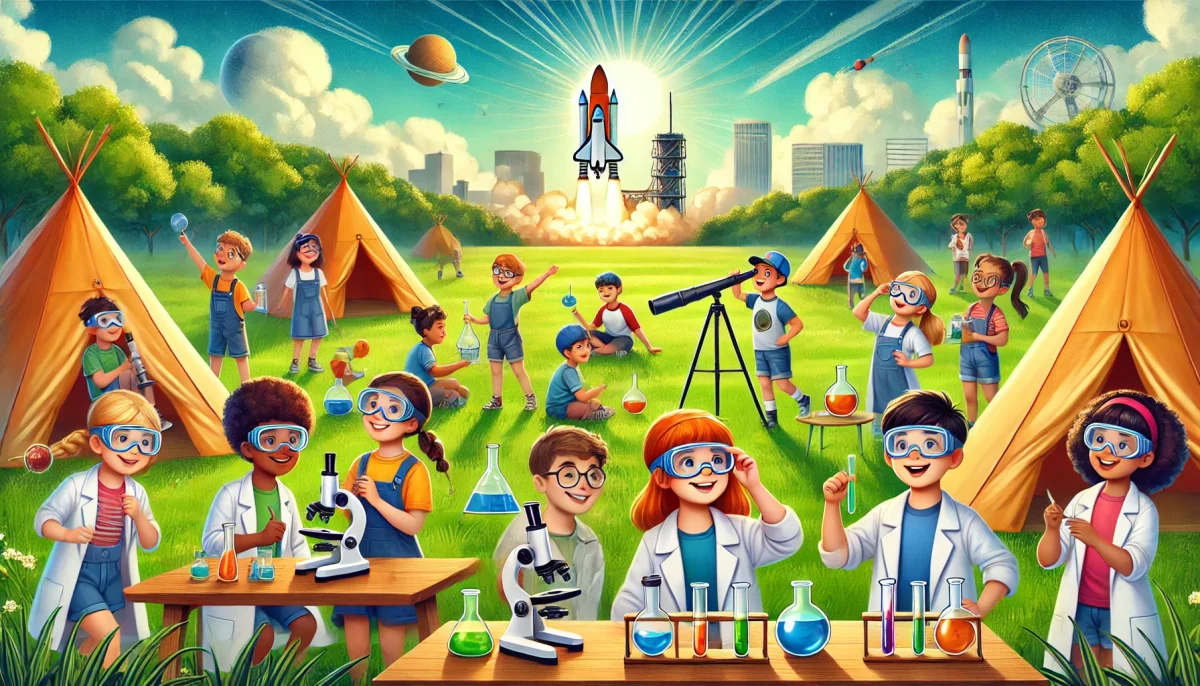



![Teacher [Milk] Tea: Part 2](https://bisvquill.com/wp-content/uploads/2024/03/Screen-Shot-2024-03-19-at-9.28.48-PM.png)
![Teacher [Milk] Tea: Part 1](https://bisvquill.com/wp-content/uploads/2024/03/milk-tea.png)
